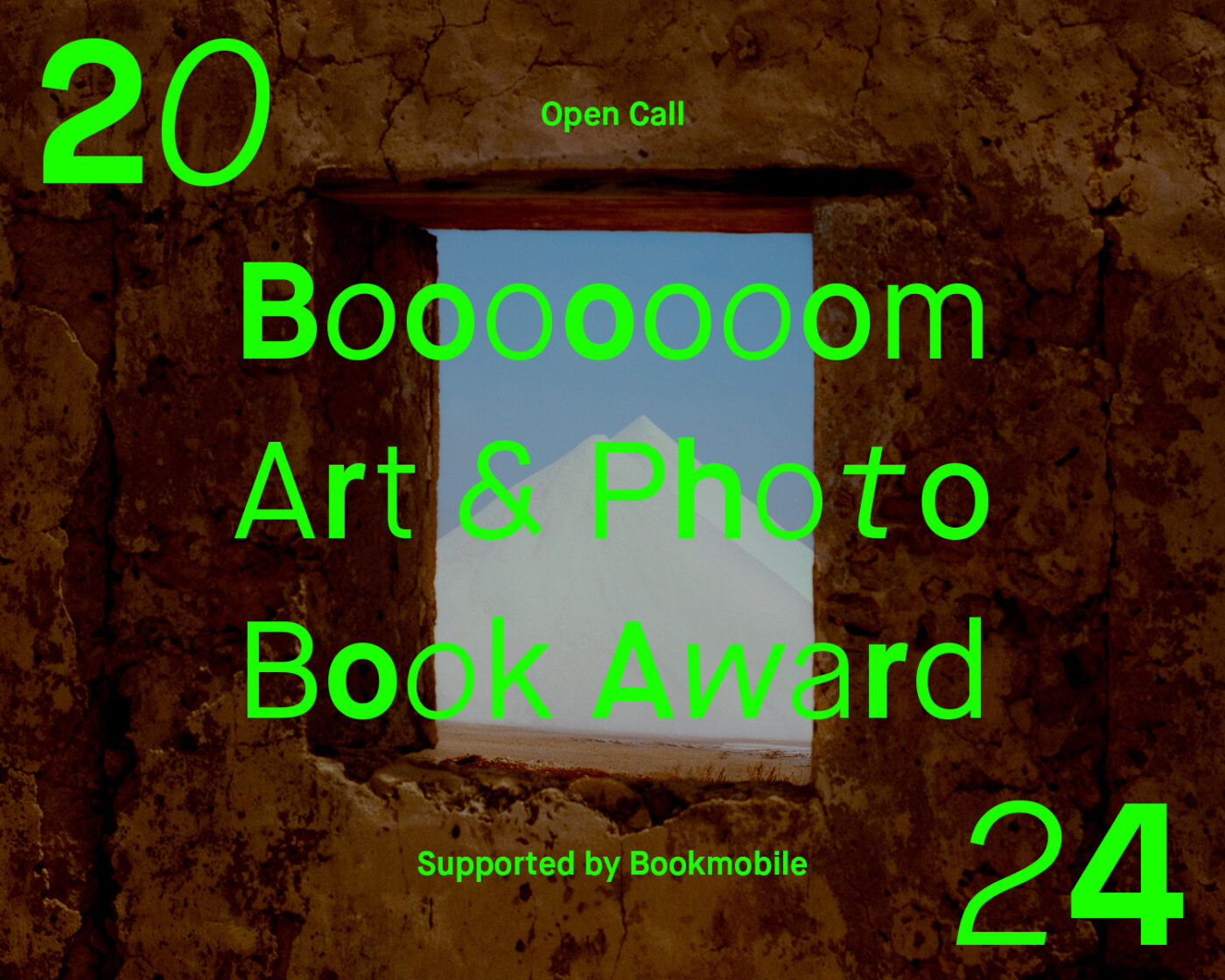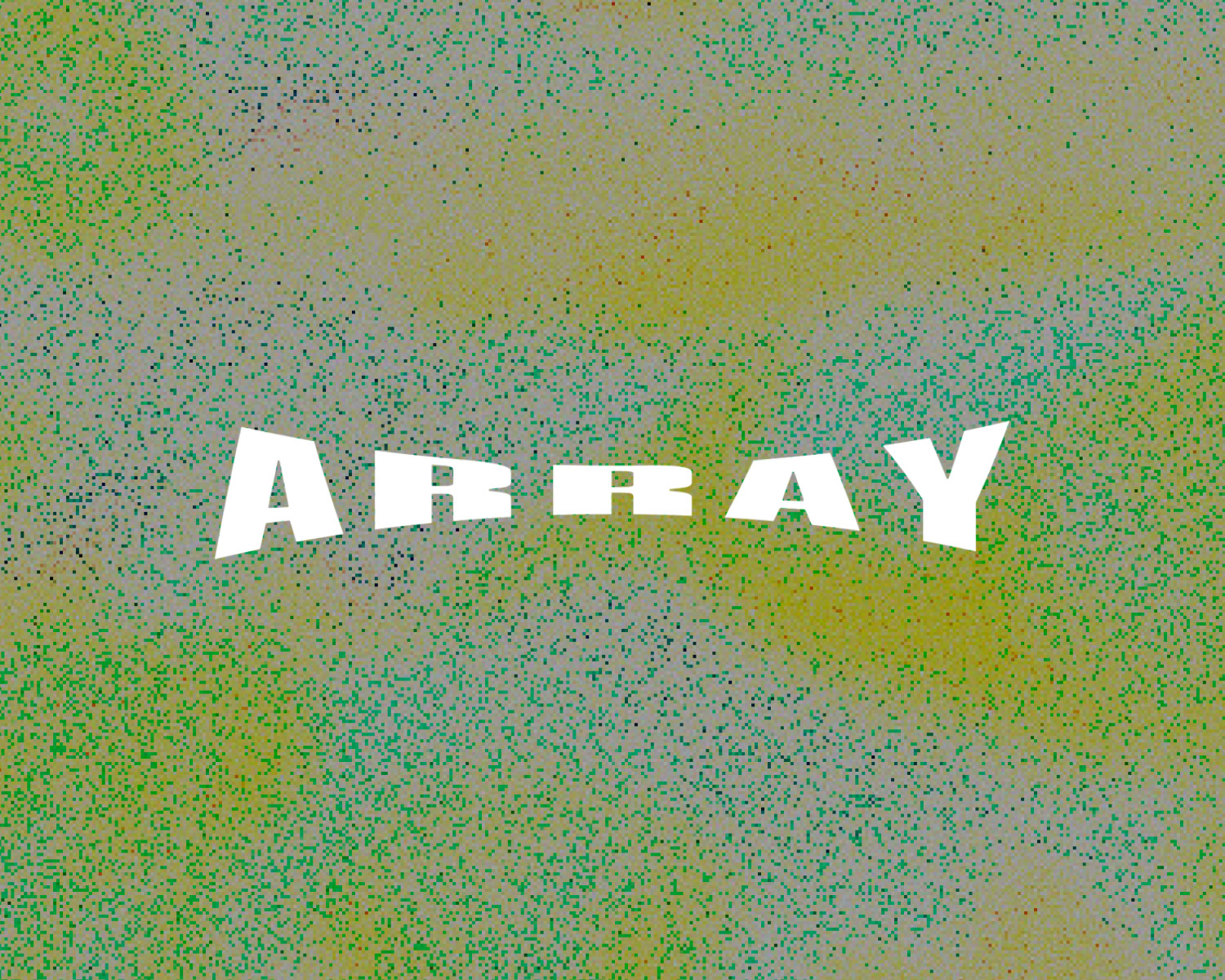Continuing our partnership with STORYHIVE — a platform which supports BC and Alberta based creators — we had the opportunity to interview Leigh Joseph about Sḵwx̱wú7mesh Spén’em (Squamish Plants), a documentary she’s working on with filmmaker Trevor Bennett. Leigh, also known as Styawat (her ancestral name), is a member of the Skwxwú7mesh (Squamish) First Nation. She completed a Masters of Science in Ethnobotany at the University of Victoria and is currently pursuing her PhD at the University of Montreal. Despite growing up away from her traditional territory, Leigh found a path, guided by the plants she studies, that has led her home.
Where did you grow up? Can you paint us a little picture of your childhood?
I grew up in Victoria on Vancouver Island. My parents moved there when they were expecting me. My father is Squamish and my mother is English and Sephardic Jewish. I was raised primarily with connection to my Salish heritage and our family travelled to Squamish often during my childhood. We also spent a lot of time visiting with my great uncle Chester and great auntie Eva in Snuneymuxw (Nanaimo) where my father’s mother was from.
I was a shy kid, quiet and imaginative. I loved playing outside in the front garden for hours, building homes for fairies under the garden flowers and feeling the sun on my back. The smell of fresh cedar defines my younger years. My father is a Salish carver and he worked from home when I was little. The crunch of fresh cedar shavings underfoot and the beautiful scent that came with that was a daily part of my childhood.
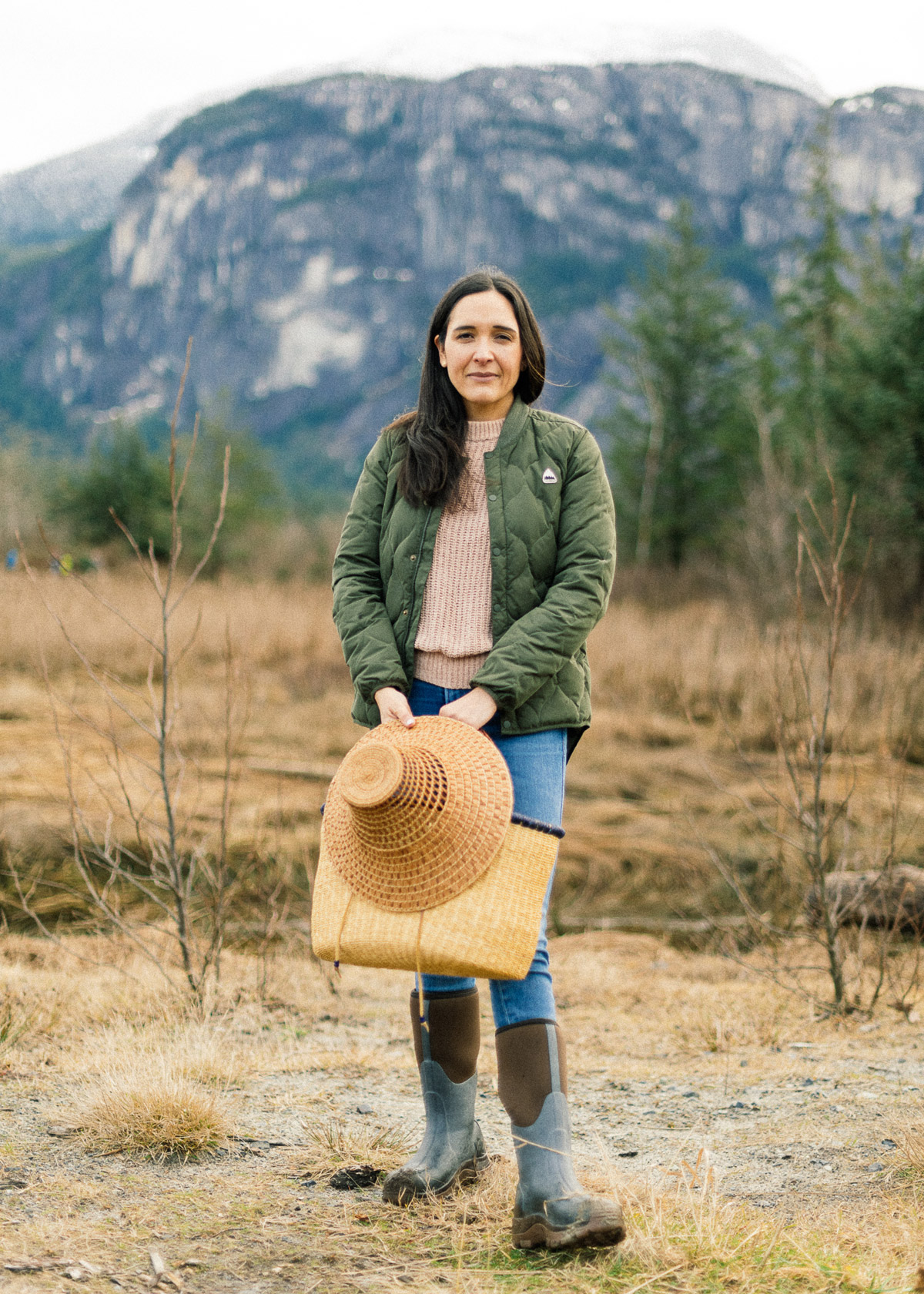

Some of my favorite memories are snippets of experiences. Resting my tired head on my dad’s shoulder as he carried me inside from the car and feeling the rough wool of his Cowichan sweater on my cheek. Laying in the sun in our backyard and watching clouds. Being held by my mother. Smelling dinner cooking. Looking up at my Great uncle as he hung salmon fillets in his smoke house. Making tea for my Nani, my mom’s mom, who was from England and who taught me how to brew a proper cup of tea and made stacks of crepes for breakfast while she danced around the kitchen in plumes of flour. My childhood was good.
Even though I felt safe and very loved at home, I was also aware of the struggles of my extended family, struggles that I now understand were related to the trauma my father’s parents experienced while at residential school. It would not be until much later that I came to understand how intergenerational trauma had radiated through our family.

How would you describe your relationship to plants and the land when you were young?
I’ve always loved taking the time to notice plants and make my own relationships with them. When I was born I was gifted an apple tree that we planted in the back yard and I watched it grow with me. I would sit out in the backyard and feel like I was not alone. The tree taught me about relationship and what it means to care for plant relatives. This is different than caring for a tree in terms of watering and pruning it, that is part of it, it also means shifting the whole way you see that plant and not only what it can provide you with but also what you can do to care for and provide for it. I’ve always felt the most at ease and grounded when I’m on the land. When I was little I saw the beauty in plants and as I’ve grown up that beauty has come into focus and I also see the gifts plants carry. The day my parents walked me home from the hospital after I was born, my father placed a pink rose on my chest. I’ve always loved this photo.
How has that relationship evolved over the years?
Growing up and becoming more aware of the trauma in my family, and how that played out in heart-breaking ways at times, I needed a path to draw my own solace and strength from. Following my relationships with plants and spending time on the land, tending to and harvesting plants, has helped me to find my own strength and also to see the beauty and resilience of my family, our Squamish People and the broader Indigenous community across Turtle Island. We are strong. The land makes us who we are. Plant-based relationships allow us to come closer to the land and this is a gift.

What made you want to move your family home to Squamish?
My father is a hereditary chief from Squamish. Living on Vancouver Island there was always a pull for him to go home. He felt a responsibility and a desire to be on the lands where his ancestors were from but he also needed some distance from some of the harder parts of his life and childhood. Growing up I loved our visits to Squamish but I also loved our home in Victoria. As an adult and definitely since becoming a mother I’ve felt my own calling to come home. Home in this sense being my cultural home. I completed a BSc and MSc in botany and environmental studies and after I finished my masters I felt like I’d worked my brain out but now I needed to learn practically from the plants in a hands-on way. Since then my relationships with place have flourished through my joy of learning about plants. When I spend time on my traditional territory digging Lhásem (northern riceroot) in the estuary, picking kalkáy (wild rose) along the riverbanks, pulling sléweý (inner red cedar bark) in the forests I am grounded in place in a way like no other. I am practicing ancestral knowledge and carrying on ancient relationships.
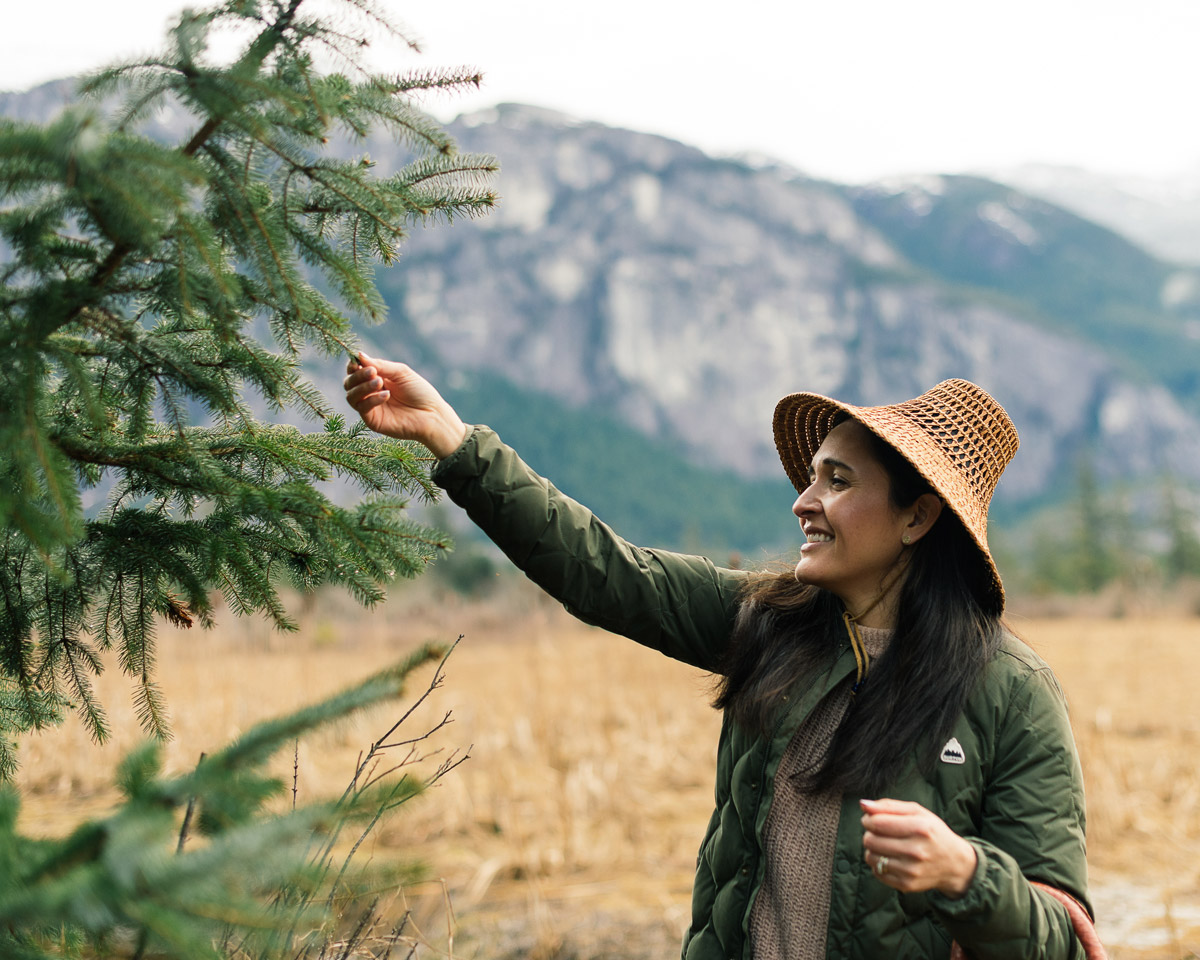
Tell us about Squamish Plants, who all is involved in the project, and what was the initial seed of the idea?
Squamish Plants is a documentary about my relationship with plants and how this relationship came to be. This film is also about the ways that spirit, mind and body can be tended to through upholding relationships with the land. The seed for this idea came from my working with Trevor Bennett of Kingtide Films on some other short film projects where I saw first-hand the power of film as a tool for sharing the beauty of cultural relationships with place.
Sḵwx̱wú7mesh Spén’em (Squamish Plants) Pitch Video
Imagery speaks volumes and Trevor is very skilled at finding remarkable images and letting them speak for themselves. I like this approach. Trevor and I started talking about this film idea a few years ago and it has seen many iterations but the seed of the idea is still true to those early conversations. For me this film is a way to share one example of the beauty and strength of Indigenous connections to place, and culture, through culturally important plants. Working with Kingtide films has been an incredible experience and the visuals that Trevor has captured are breathtaking.
"For me this film is a way to share one example of the beauty and strength of Indigenous connections to place, and culture, through culturally important plants."
Can you elaborate a bit on the theme of healing in your film?
Healing in the context of this film means tending to the wounds of intergenerational trauma in myself and my family. Healing in this context includes physical, mental, emotional and spiritual healing. I have found that when I am out on the land maintaining my relationships with plants, I am also tending to myself in a loving way. Letting the branches brush away any heaviness I might be feeling, putting myself into a positive and calm frame of mind, feeling gratitude and responsibility, breathing in the scents of the plants and earth around me, grounding myself in place. I am currently a doctoral student looking at the relationships between culturally important plants and health from an Indigenous perspective. I have found that people I have worked with through my research share in this feeling of healing and strengthening when working with plants and being out on the land.
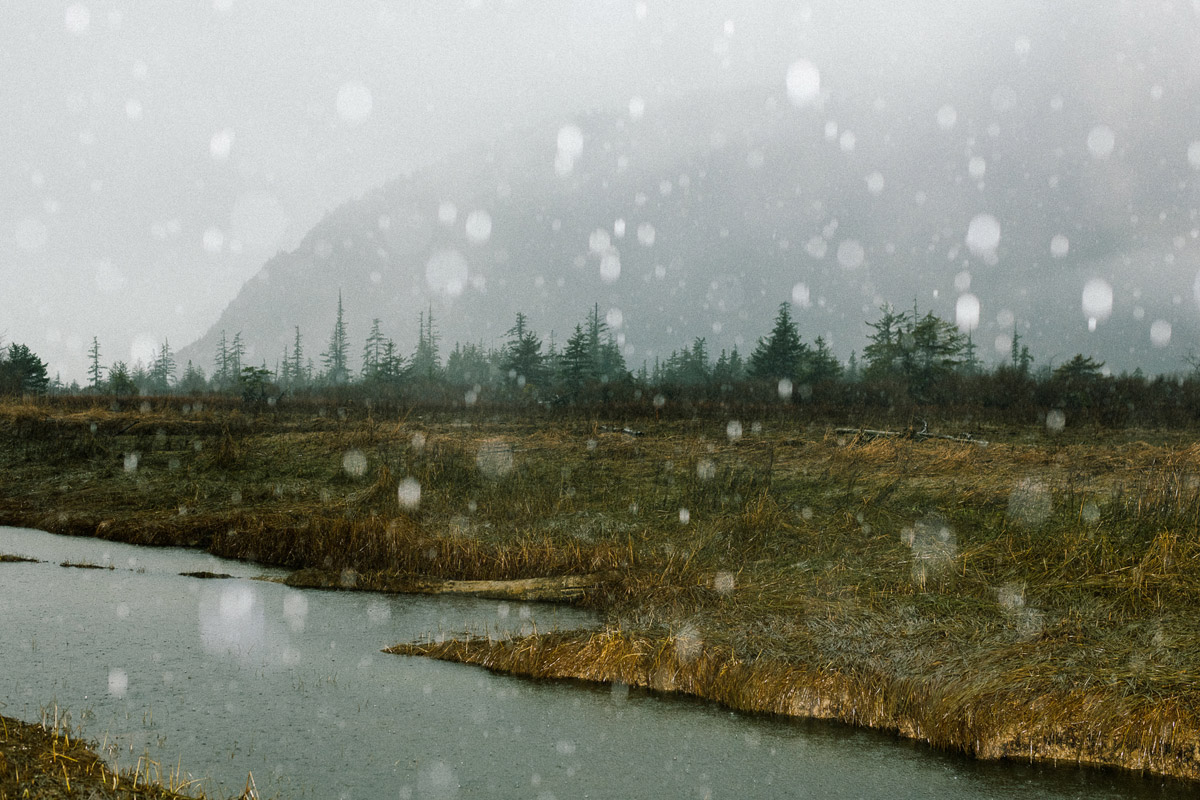

As an ethnobotanist (someone who studies the relationships between people and plants) it must be frustrating to see how little people often care about their surroundings — plants, wildlife, the environment in general. What do you see as the biggest obstacle standing in the way of us humans actually saving our planet before it’s too late?
Hmm that is a difficult question to answer succinctly. I think looking to the Wet’suweten territory and the peaceful work that the land defenders are engaged in models both a path forward and highlights the biggest obstacles. We humans seem to have this assumption of ownership and control over our natural systems and landscapes yet we are so vulnerable and short-sighted. The Wet’suweten action is not just in opposition to an economic development project, it is in support of a long term vision of how we as humans need to make big changes and let go of our desires to conquer lands and people in the name of money. That means going with “less”, living more simply, becoming more connected to our own surroundings, food production and more.
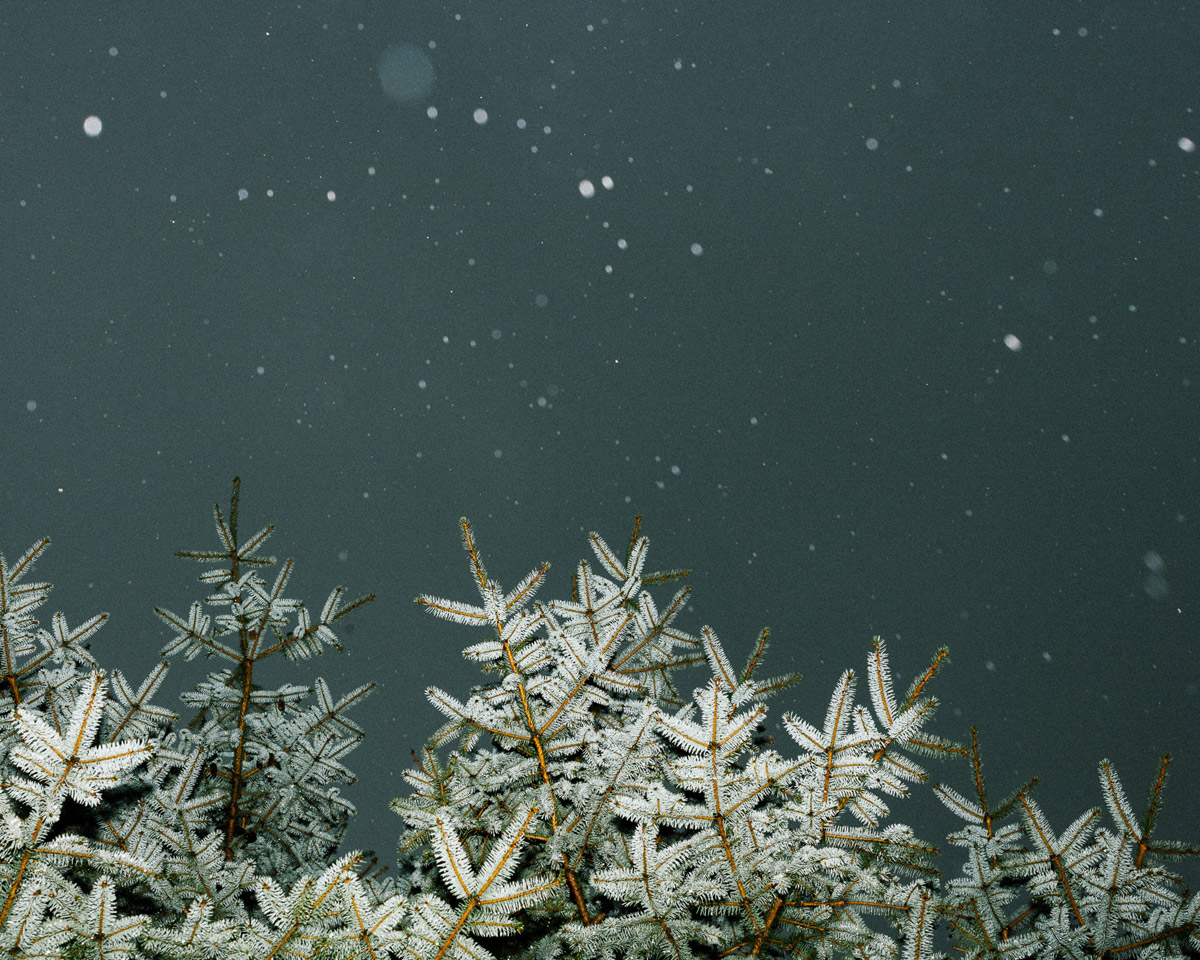

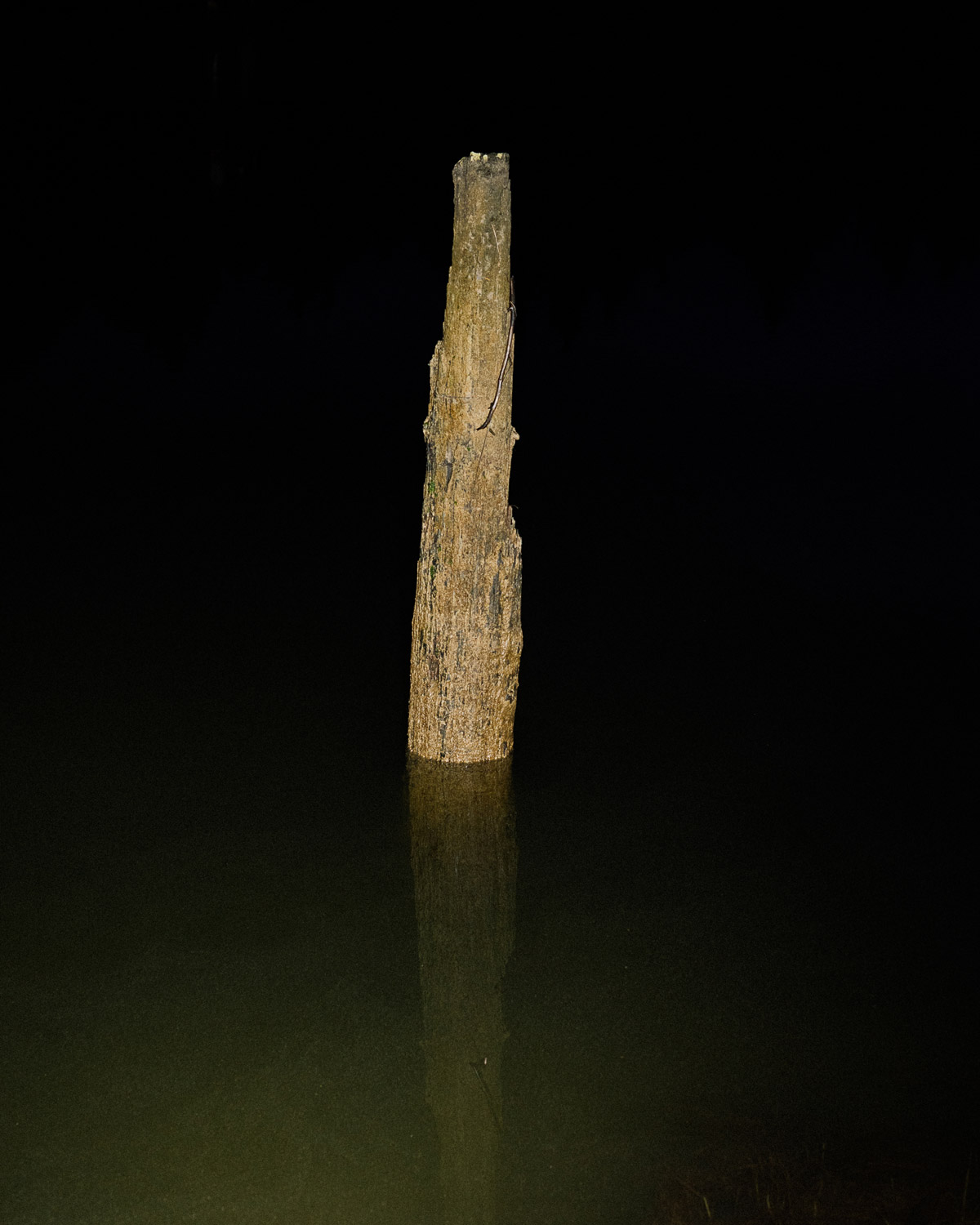
It’s clear you really value knowledge that is passed down from previous generations, what’s one piece of wisdom someone has passed onto you and who gave it to you?
My great auntie Eva on my father’s side was from snuneymuxw (Nanaimo) I remember visiting with my great auntie at her and my great Uncle Chester’s home along the Nanaimo River. She was always working on something, spinning wool, picking berries, prepping tea or meals. She told me once that it’s good to always work with your hands, to create something, that this act will bring you into your body and back to yourself. She said to me, “be where your hands are.” and I understand this to be a way of practicing mindfulness and presence. When I harvest and process plants this is a meditative and mindful practice for me and I believe this is what my great auntie was saying.
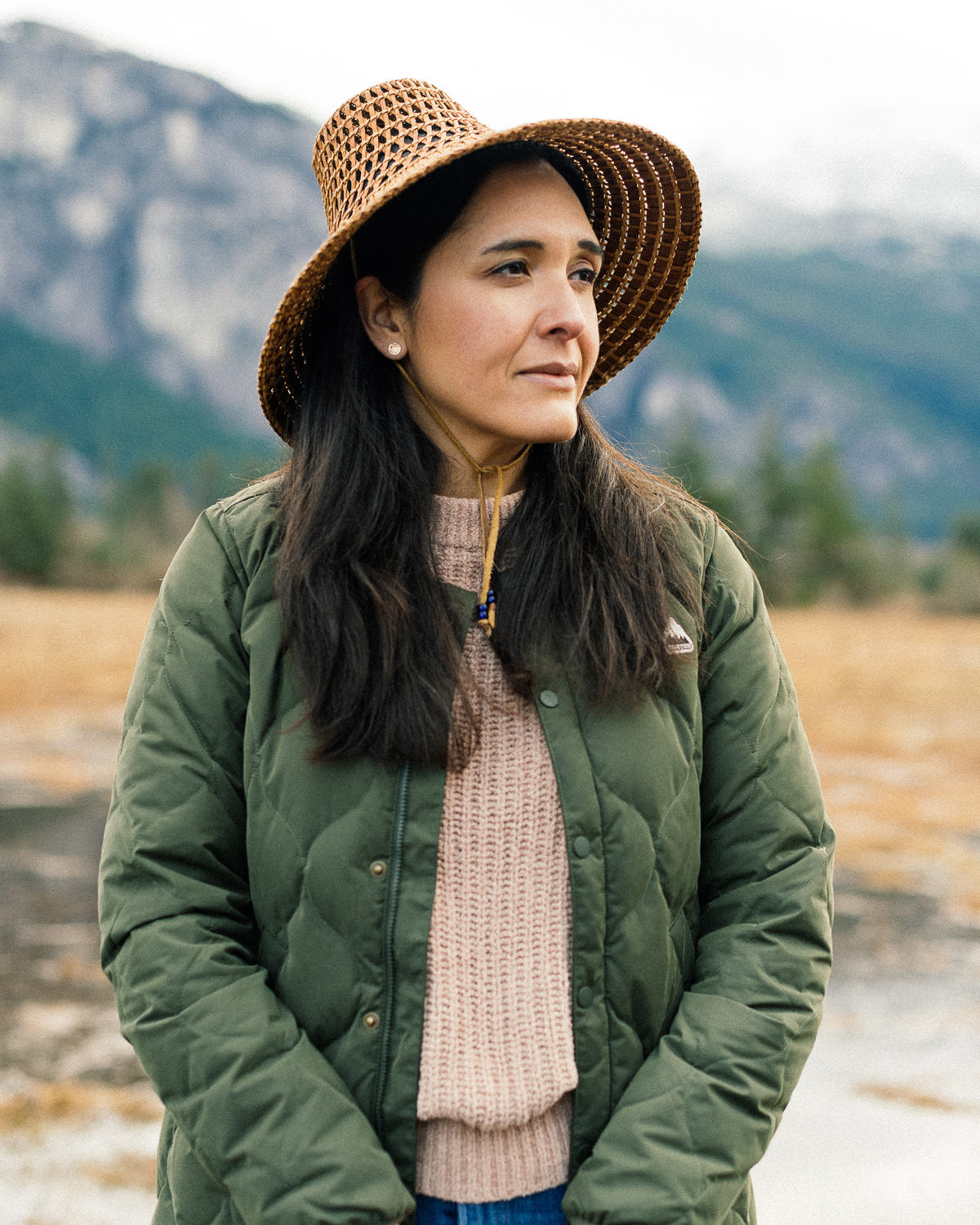
What’s one thing you’d like to accomplish in the next year or so?
I would love to get a good chunk of writing done on my dissertation! I’d also like to continue learning from the Squamish landscape and develop mine and my children’s connection to place.
What about in your lifetime?
I want to be able to look back and feel proud about the way I’ve raised my children, addressed my own struggles and ongoing personal change and growth, contributed my voice and experience to cultural revitalization, increased respect for, and connection to, our plant relatives.
Call to Submit: Art & Photo Book Award
If you have a specific series or a cohesive selection of work that you want to turn into a book, we want to see it!
Learn moreCall to Submit: “Array” Photo & Art Features
Submit single images to be featured alongside the work of other artists and photographers as a group feature.
Learn moreRelated Articles

